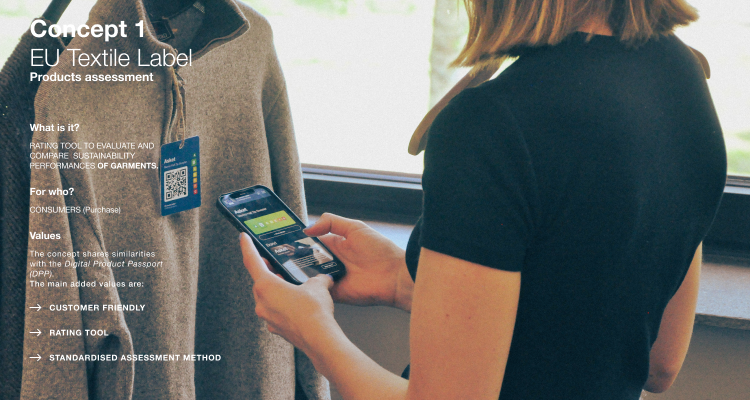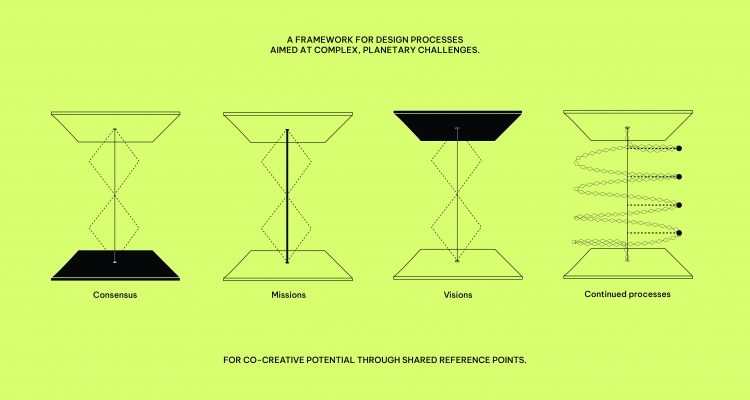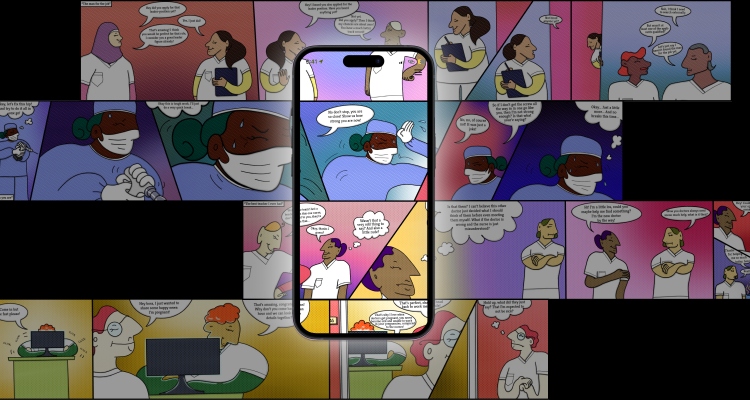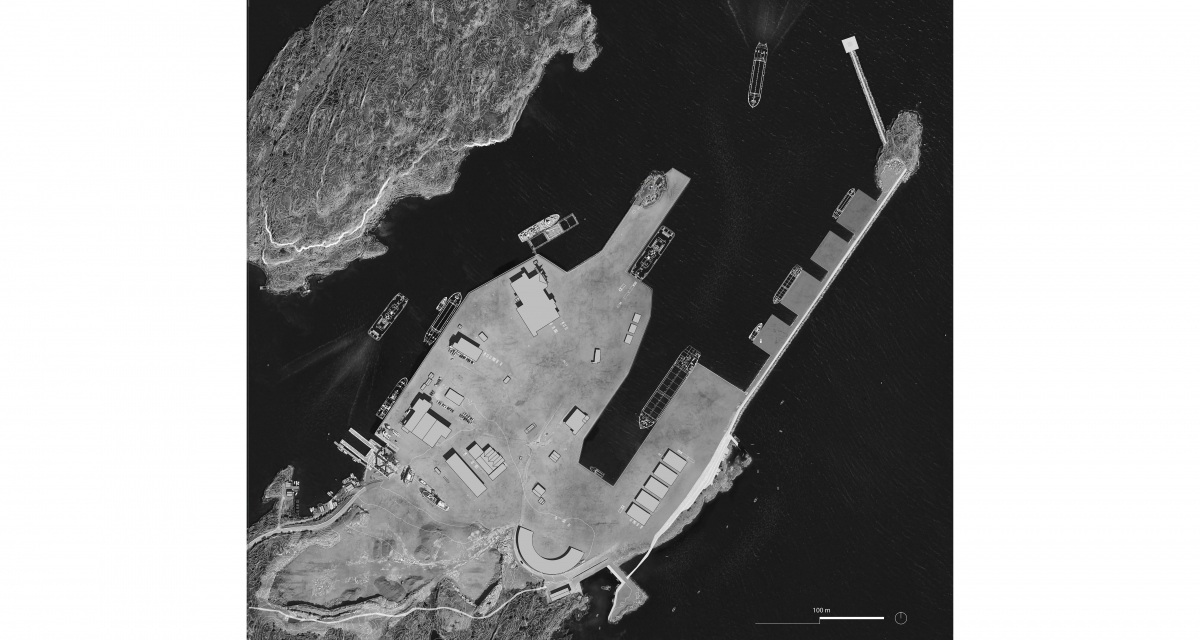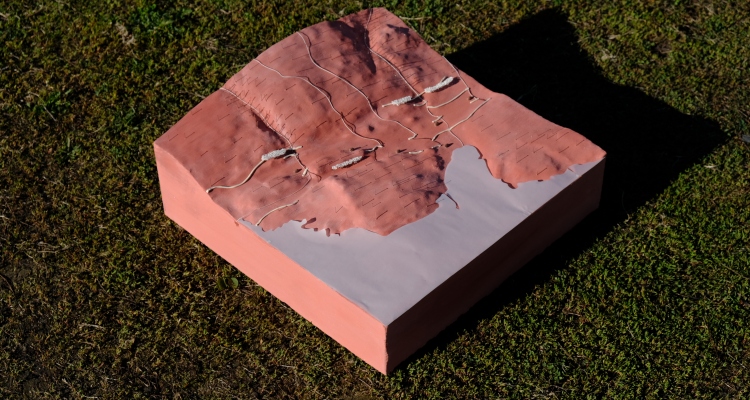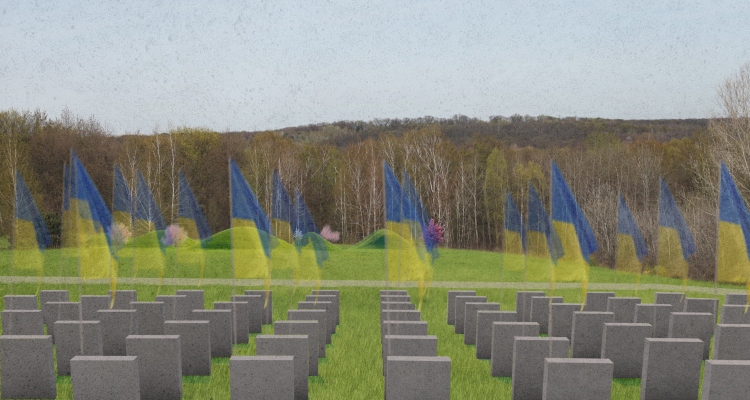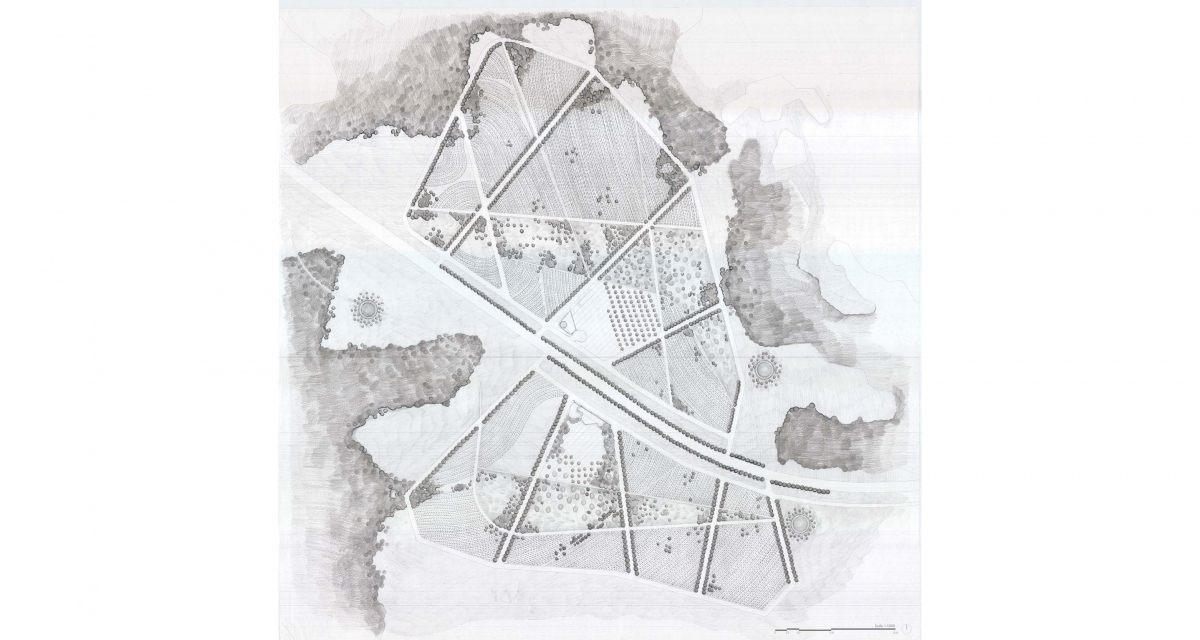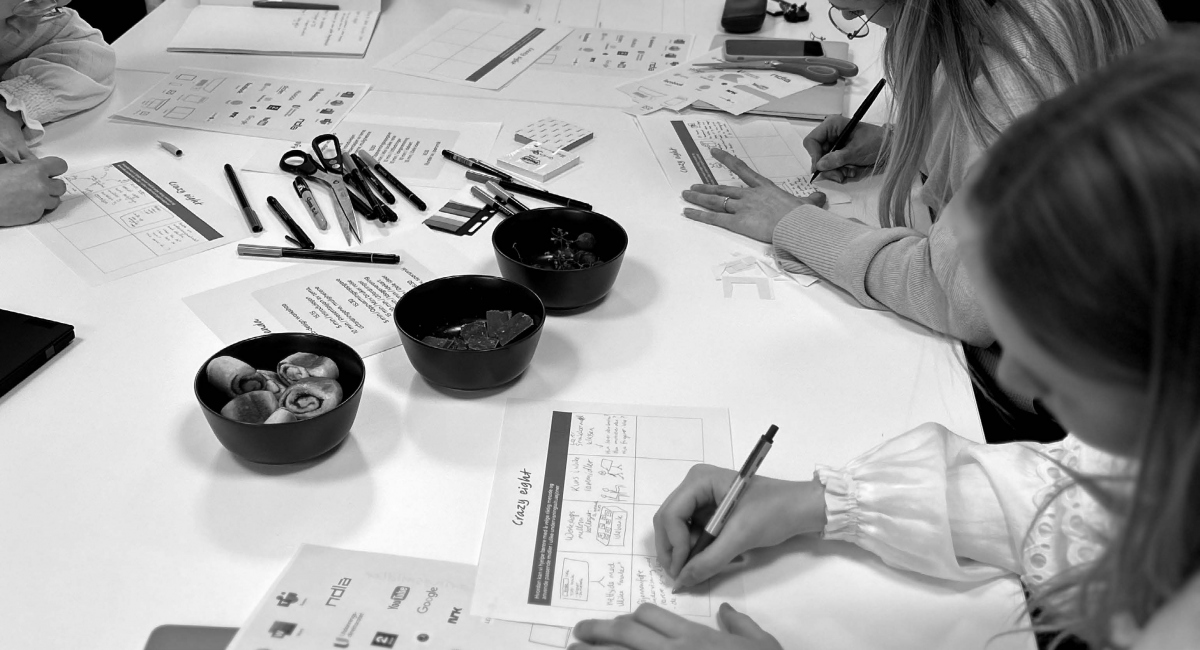
I prosjektet har jeg brukt mine designferdigheter til å samle innsikt, identifisere muligheter, utvikle ideer og konsepter. Med kontinuerlig brukerinvolvering og Gyldendal Undervisning som sparringspartner har jeg mottatt verdifulle tilbakemeldinger fra fageksperter som har vært essensielle for at jeg kunne designe en løsning som adresserer både pedagogiske behov, og praktiske utfordringer i grunnskolen.



